
Course Introduction:A standard HTML document structure consists of DOCTYPE declarations and html tags, which contain two parts: head and body. 1. Each HTML page should start with, followed by the tag wrap content; 2. The part should include page title, character set declaration, viewport settings, CSS file introduction and SEO-related tags; 3. The part stores user-visible content, and it is recommended to use semantic tags such as header, nav, main, section, and footer to organize layouts; 4. The current mainstream is HTML5, which is simpler than the old version and supports more semantic tags, ensuring the clear document structure and facilitating subsequent styles and functions.
2025-06-20 comment 0 405

Course Introduction:A basic HTML page structure consists of multiple key tags to define web page content and frameworks. 1. The page starts with an HTML5 document; 2. The tag contains the sum as the root element; 3. It contains metadata such as, character encoding, viewport settings, CSS and JS introduction; 4. It contains user-visible content such as titles, paragraphs, pictures, lists, etc.; 5. HTML5 has added semantic tags such as,,,,,, and to improve structural clarity and readability. Mastering these structures helps quickly build clear and maintainable web pages.
2025-07-10 comment 0 159

Course Introduction:A standard HTML document contains four basic structural tags, namely document type declaration, root element, meta information area, and content area. 1. Located in the first line of the document, it declares the use of HTML5 standards to avoid the browser from entering weird mode; 2. It wraps the entire page content as a root element, and it is recommended to add lang attributes to specify the language; 3. It is used to store meta information, including character encoding, page title, description information, and the introduction of CSS and JavaScript files; 4. It is a container for user-visible content, including paragraphs, pictures, links and other elements, and it is recommended to use semantic tags such as, etc. to improve structural clarity. The correct use of these infrastructures is critical to compatibility, accessibility, and SEO optimization.
2025-07-19 comment 0 413
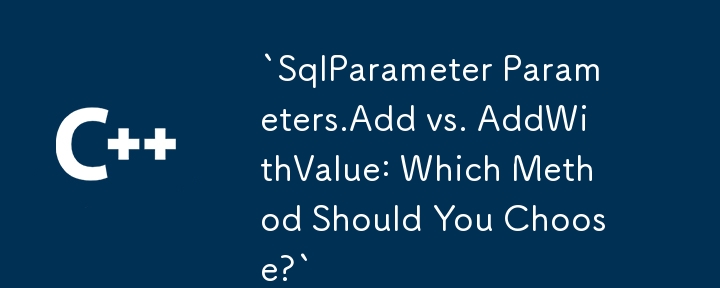
Course Introduction:SqlParameter Parameters.Add vs. AddWithValue: Choosing the Best MethodWhen working with SQL commands, you may encounter the need to add...
2025-01-10 comment 0 702

Course Introduction:In Dave The Diver, there are some creatures that are not easy to catch. Or, catch alive that is. The spider crab is one of those very species, making it seem like the only way to bring these crustaceans back up to land is to viciously crack them up w
2025-01-10 comment 0 865
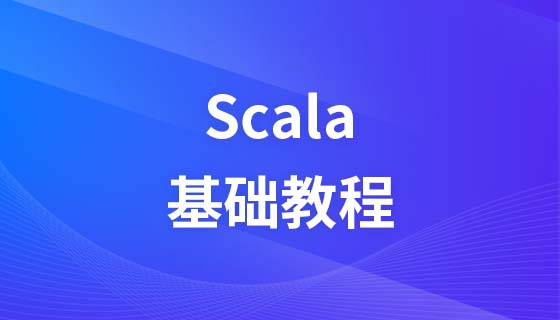
Course Elementary 13825
Course Introduction:Scala Tutorial Scala is a multi-paradigm programming language, designed to integrate various features of object-oriented programming and functional programming.
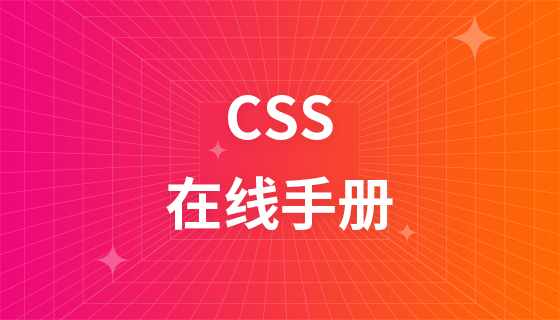
Course Elementary 82361
Course Introduction:"CSS Online Manual" is the official CSS online reference manual. This CSS online development manual contains various CSS properties, definitions, usage methods, example operations, etc. It is an indispensable online query manual for WEB programming learners and developers! CSS: Cascading Style Sheets (English full name: Cascading Style Sheets) is an application used to express HTML (Standard Universal Markup Language).
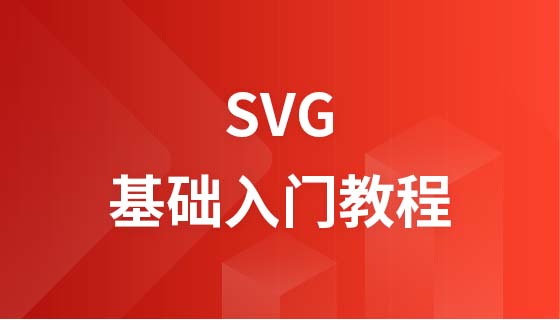
Course Elementary 13181
Course Introduction:SVG is a markup language for vector graphics in HTML5. It maintains powerful drawing capabilities and at the same time has a very high-end interface to operate graphics by directly operating Dom nodes. This "SVG Tutorial" is intended to allow students to master the SVG language and some of its corresponding APIs, combined with the knowledge of 2D drawing, so that students can render and control complex graphics on the page.
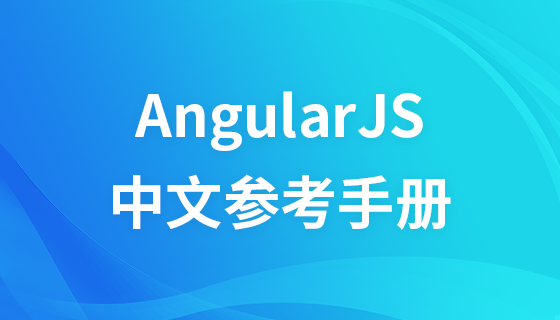
Course Elementary 24630
Course Introduction:In the "AngularJS Chinese Reference Manual", AngularJS extends HTML with new attributes and expressions. AngularJS can build a single page application (SPAs: Single Page Applications). AngularJS is very easy to learn.

Course Elementary 27488
Course Introduction:Go is a new language, a concurrent, garbage-collected, fast-compiled language. It can compile a large Go program in a few seconds on a single computer. Go provides a model for software construction that makes dependency analysis easier and avoids most C-style include files and library headers. Go is a statically typed language, and its type system has no hierarchy. Therefore users do not need to spend time defining relationships between types, which feels more lightweight than typical object-oriented languages. Go is a completely garbage-collected language and provides basic support for concurrent execution and communication. By its design, Go is intended to provide a method for constructing system software on multi-core machines.
Laravel Modal does not return data
2024-03-29 10:31:31 0 1 608
Can I use the automatic generation module of thinkphp5 in Windows 7 system? How to configure and use
2017-10-10 17:04:14 0 2 1408
2017-10-10 19:25:59 0 4 2965
To use mcrypt_get_key_size() in php study, how to enable mcrypt_
2017-10-10 19:47:34 0 1 1192
Detecting login status and preventing repeated login status in TP5 - My page is wrong
2017-10-10 22:49:15 0 0 1211